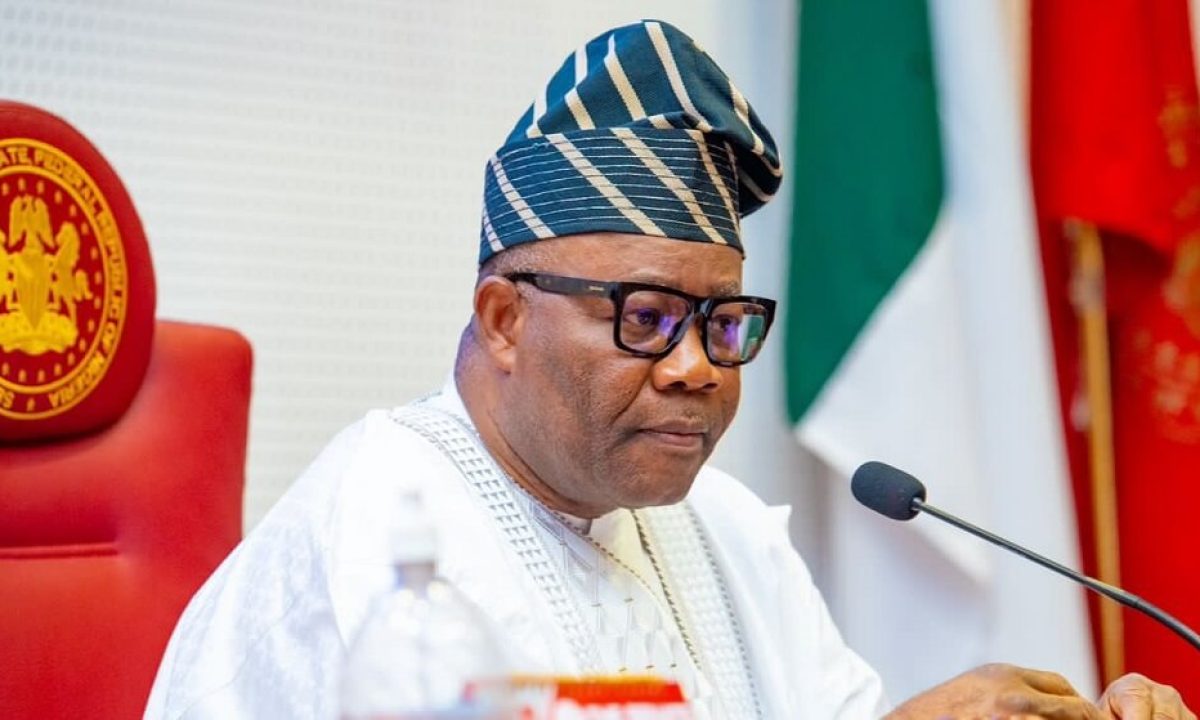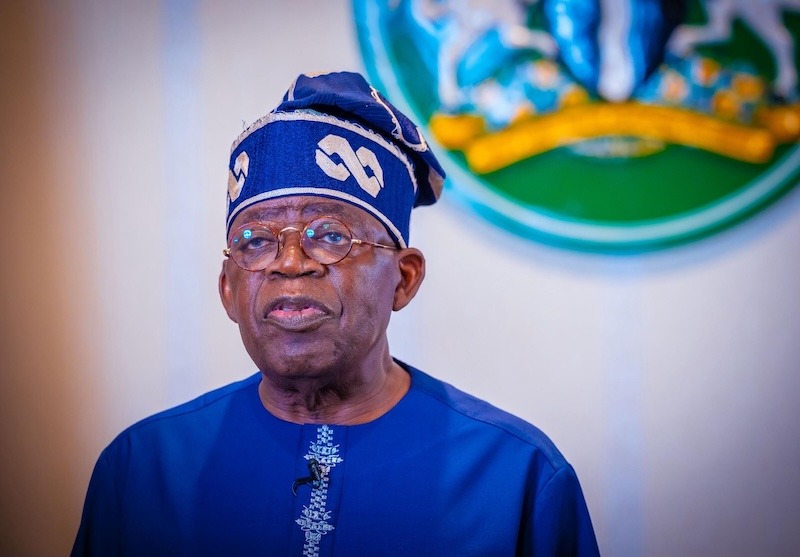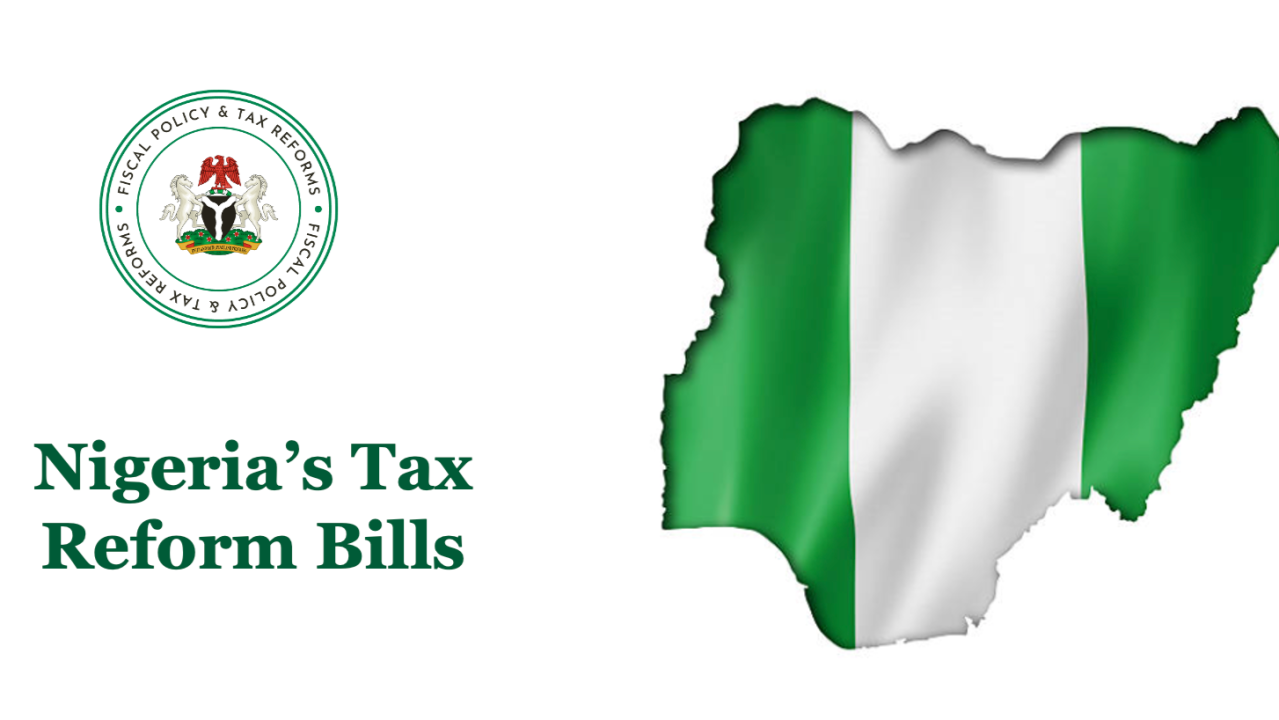Nigeria’s total public debt could reach a staggering ₦160.6 trillion by the end of 2025, a development that raises serious questions about the country’s fiscal sustainability and macroeconomic stability. This projection, detailed in the H2 2025 Economic Outlook by CSL Stockbrokers Limited, underscores mounting concerns over Nigeria’s ability to fund its budget and grow its economy without slipping into a deeper debt trap.
The report read, “We expect the government to ramp up its borrowing efforts in the second half of the year to bridge the widening fiscal gap. We believe the government could come to the market to raise around N9.3tn or more in the second half of the year, which could see the total public debt rise to at least N160.6tn (c.50.2 per cent of pre-rebased GDP) by the end of the year.”
What’s Driving the Debt Surge?
CSL, a subsidiary of FCMB Group Plc, estimates that the Federal Government will need to borrow at least ₦9.3 trillion more in the second half of 2025 to bridge a widening fiscal deficit. If realised, this would bring Nigeria’s total public debt to ₦160.6 trillion, or roughly 50.2% of the country’s pre-rebased Gross Domestic Product (GDP).
While this debt-to-GDP ratio may appear moderate by global standards, CSL analysts argue it masks more worrying realities, particularly Nigeria’s limited revenue base and fragile economic structure.
The government’s 2025 budget projected a fiscal deficit of 3.9% of GDP. However, CSL projects this could widen to 5.8%, due to underperforming oil revenues and delays in tax reform.
Oil Underperformance & Revenue Shortfalls
As Nigeria’s main source of foreign exchange and public revenue, oil has underdelivered in 2025. The government had projected daily oil production of 2.06 million barrels per day (mbpd), but has only averaged 1.67 mbpd between January and May. Compounding the problem, international oil prices have also fallen short of Nigeria’s $75 benchmark, averaging $70.82 per barrel.
This shortfall means less revenue to fund critical services, deepening the country’s reliance on debt to meet spending needs.
Non-Oil Revenue Hurdles
Efforts to shore up non-oil revenues have been slow and politically fraught. A proposed hike in the Value Added Tax (VAT) from 7.5% to 10% has met resistance from lawmakers. Meanwhile, implementation of the long-awaited Finance Bill, which includes other tax reforms, has been postponed until 2026.
Moreover, CSL flagged concerns that the Nigerian National Petroleum Company Limited (NNPCL) is remitting only half of the expected savings from the 2023 removal of fuel subsidies to the Federation Account. These gaps further weaken the government’s ability to contain the fiscal deficit through internally generated revenue.
Borrowing to Fill the Gap
With both oil and tax revenues falling short, the Federal Government is increasingly turning to debt to fill its funding gap. CSL’s outlook highlights a recently submitted $25 billion medium-term borrowing plan, which may involve issuing foreign-currency-denominated domestic debt instruments. The government is also expected to return to the international capital market to refinance its Eurobond maturing in November 2025.
Debt Sustainability Concerns
At face value, Nigeria’s debt-to-GDP ratio, estimated at 50.7% post-GDP rebasing, appears manageable. However, this is a misleading comfort. The ratio doesn’t account for the country’s low revenue-to-GDP ratio, which is among the lowest globally, making debt servicing disproportionately expensive.
Debt servicing already consumes a significant portion of Nigeria’s revenue. In 2024, over 96% of government revenue was used to service debt, leaving little fiscal space for investment in infrastructure, education, healthcare, or social programmes.
The Role of Naira Depreciation
The persistent depreciation of the naira has also worsened the debt outlook. While the nominal debt stock rose by ₦27.72 trillion year-on-year to ₦149.39 trillion as of March 31, 2025, part of that increase is due to the currency devaluation, which inflates the naira value of foreign-denominated debt.
Broader Implications for the Economy
- Crowding Out Private Investment:
Heavy government borrowing, especially in domestic markets, can crowd out private sector access to credit, stifling business expansion and job creation. - Inflationary Pressure:
As the government borrows more, especially from the Central Bank or domestic markets, there’s a risk of stoking inflation—undermining consumer purchasing power and monetary policy effectiveness. - Erosion of Investor Confidence:
Mounting debt without a clear path to sustainable revenue generation may raise red flags among investors, potentially leading to higher borrowing costs or difficulty accessing external financing. - Risk of Debt Distress:
Although Nigeria is not yet classified as being in debt distress, persistent fiscal deficits, rising debt service costs, and limited revenue mobilisation increase the risk of debt becoming unsustainable over time.
What Needs to Change?
For Nigeria to escape this precarious trajectory, experts emphasise the need for:
- Structural reforms to diversify revenue sources and increase tax compliance;
- Prudent spending that prioritises productivity-enhancing sectors like infrastructure and agriculture;
- Transparent management of oil revenues and subsidy savings;
- Fiscal discipline to avoid waste and improve budget credibility.
Until then, the rising debt levels may continue to cast a long shadow over Nigeria’s economic recovery, investor confidence, and long-term development.












